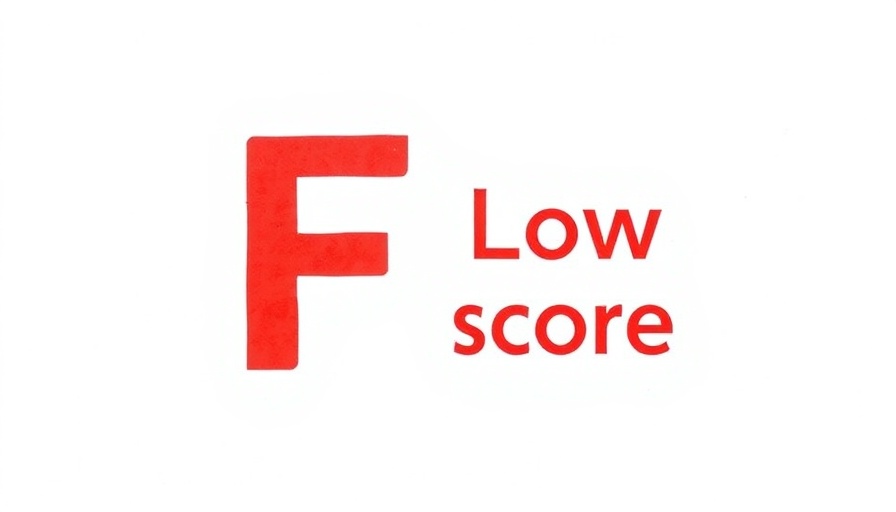
Why Content Grading Tools May Be Misleading
In a world driven by technology, one might think that content grading tools are the silver bullet for enhancing online content quality. However, as we delve deeper, we find that these tools often fail to account for the nuances of effective writing. Predominantly designed to evaluate spelling, grammar, and clarity, they sometimes offer little more than a robotic assessment.
The Shortcomings of Automated Content Assessment
Content grading tools, or readability tools, score written content based on superficial metrics. A recent examination of these tools reveals that their inability to consider context can lead to misleading assessments. For instance, in a B2B tech setting, technical jargon may be flagged as complex, resulting in articles that get a failing grade for merely being factual.
The Danger of Over-Reliance on Metrics
As content creators, we often find ourselves chasing perfect scores and shiny grades rather than crafting authentic, engaging narratives. When the focus shifts entirely to sentence length or vocabulary complexity, we risk producing bland content. The challenge here is achieving a balance between clarity and sophistication. Credentials like writing for higher education shouldn’t mean dumbing it down for automated metrics.
A Case Study in Real-World Application
A notable example comes from a technology company that employed one such tool extensively. In their quest for readability, they created documents filled with choppy sentences and oversimplifications, ultimately leading to audience disengagement. This underscores the fact that while content grading tools can serve as helpful guides, they should not be the final authority on content creation.
Context Is Key: Understanding Your Audience
Crafting content tailored to your target audience’s understanding is paramount. If your writing aims at a tech-savvy audience, using simplified language can be patronizing. Instead, embracing complex terms and ideas, while explaining them as needed, can enrich the reader’s experience and comprehension.
Enhancing Learning Through Automated Tools
While content grading tools may have limitations, there’s potential for utility if they are utilized as one component in a comprehensive content strategy. Modern advancements in AI can enhance these tools, enabling a dual approach where algorithms flag potential grammar issues while leaving space for human oversight and creativity. This blend creates opportunities to develop more robust and nuanced content.
Looking Ahead: The Future of Content Creation Tools
The path forward lies in customizing content grading tools to fit the unique needs of various industries and audiences. Whether through flexible scoring algorithms or enhanced editorial guidance, the aim should be to restore the human touch in writing while still benefiting from technological efficiencies.
Final Thoughts: A Call to Action
Content marketers and business owners must reevaluate their dependency on content grading tools. Instead of relying solely on these assessments, it’s time to consider input from diverse sources—customer feedback, peer reviews, and editorial insights can provide valuable perspectives. By doing so, we can enhance our communication strategies and drive meaningful engagement with our audience.
Take a moment to reflect: Are you using grading tools appropriately? Challenge your creative process and explore the art of storytelling that connects with your audience.
 Add Row
Add Row  Add
Add 




Write A Comment